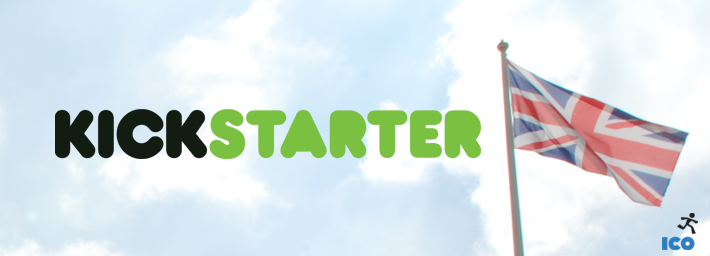It has been some time since I last checked on the progress of Kickstarter in the UK for the blog. With Kickstarterlaunching in Canada next week, it seems like an excellent time to look at the performance of the GBP projects again. I have pulled some data (from early July) and tried to get a feel for the current trend.
I like to look at things and keep them at a comparable level – all the numbers you will see here are only for the first half of 2013. As I explained in the very first blog poston this topic, the early months were not very representative of the success of the platform in the UK, so being able to look at the 2013 data should be much more telling.
The fact we now have much more complete data, I can also look at things such as success ratio and other categories of projects. It also means it is a bit of a bigger picture. To make the whole thing easier to read, I have put the larger part of the findings in a Slideshare presentation. I recommend viewing it full screen:
My concluding thoughts from looking at the current state of the two ecosystems:
– The two ecosystems are not on equal footing. The UK Kickstarter seems to suffer from being in a currency not as widely understood as USD (as this is the biggest difference from the US ecosystem) as well as from the difference of payment systems (Amazon payment in the US, Kickstarter’s own system in the UK).
– Kickstarter has grown from adding the UK ecosystem. It is quite clear as most of the successful UK projects are rather small (compared to their US counterpart), they would not have been able to go through the US ecosystem in the first place (it requires too much energy/investment for a small company), and they add up to the growth of Kickstarter overall. That growth is just significantly smaller than the one observed in the US, but it is commendable.
– It also seems that the US creators are better at understanding their capacity to raise money from the crowd and at managing their campaigns. The quite low success ratio of GBP projects compared to USD projects cannot be solely blamed on the difference between the two ecosystems. I think that, in general, GBP are overshooting for their goal – it could be that they are more honest about the amount that they need to build their project, the cost of development is more important in the UK, the Brits are not as good at getting attention to their projects, or a combination of these. I have seen many UK projects that had a fairly high goal and very few channels where to recruit backers. Now, me being based in the UK, I tend to talk to more UK creators and this could be anecdotal.
– The UK ecosystem won’t grow significantly until the option to show the pledge rewards in another currency is added or a few large projects make the leap of faith (and there is proof that both ecosystems can efficiently support large projects). Anyone looking a bit closer to the behavior of the ecosystems could conclude that any large project would be better off going on US Kickstarter. The difficulty to get into the ecosystem (set-up as US entity, set-up an Amazon account) can be overcome for the right project, with the right size, and it then become a self fulfilling prophecy: all the big projects are on the USD ecosystem, ergo, if you have a large project you should put it there. You have a few exceptions (successful Australian projects on the GBP ecosystem), but you would need more of those to counteract the current trend. Ideally, you want the project creators to go to the ecosystem that is the easiest for them and there is a noticeable gap at the moment between the two ecosystems.
The addition of Canadian projects will make the platform grow further, it will be interesting to see how projects perform there compared to the UK projects.
In the meantime, I will hopefully be able to dedicate more time to build more comprehensive graph representation of those trends.




Leave a Reply
Want to join the discussion?Feel free to contribute!